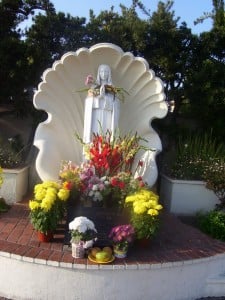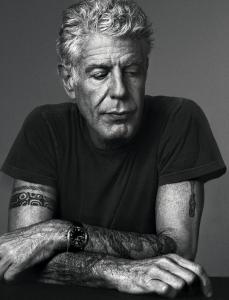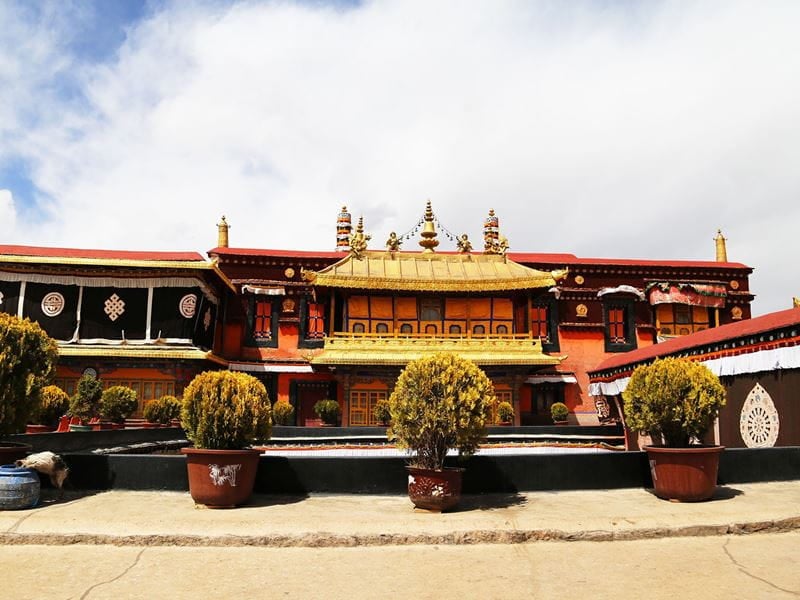
- Trending:
- Pope Leo Xiv
- |
- Israel
- |
- Trump
- |
- Social Justice
- |
- Peace
- |
- Love
The 100 Most Holy Places On Earth
Jokhang Temple



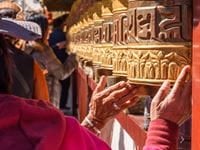
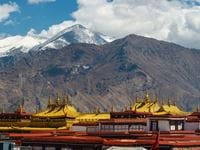
Also Known As:
Jokhang Temple, Da Zhao Si, Rasa Trulnang Tsuglakhang Temple.
Associated Faiths:
Vajrayana Buddhism.
Though associated with the Vajrayana tradition, Buddhist of other denominations (particularly Mahayana Buddhists) recognize the sacral nature of this site.
Accessibility:
Open to visitors. Modesty and reverence expected.
Annual visitors: 4,000,000.
History
The Jokhang temple has been called the “most sacred temple” in all of Tibet, but also in all of Vajrayana Buddhism. (Buddhism entered Tibet around the 7th century CE—so at the same approximate time that the Prophet Muhammed was brining Islam to the Arabian Peninsula.) The most important figure of Tibetan Buddhism today is the Dhali Lama, who is an avatar of Avalokiteshvara—one of the three savior beings of Mahayana Buddhism. The Dhali Lama is the embodiment of the compassion of all previous Buddhas.
Technically, the temple’s proper name would be the “Rasa Trulnang Tsuklhagkhang” or the “Lhasa Tsuklakhang.” However, beginning in the 11th—12th centuries CE, the temple was commonly called the Jokhang Temple—“Jokhang” being the name of the inner sanctum of the shrine. Tradition says that the sacred edifice was constructed to house the large, gilded, jewel encrusted statue of Sakyamuni—the founder of Buddhism. This statue was brought from China to Tibet as part of the dowry of Wencheng Gampo, who became the wife of Songtsen Gampo (the 33rd king of Tibet).
The temple has been renovated and expanded significantly during several eras of its existence. However, at the order of Chinese government officials, the Jokhang Temple was partially destroyed (in the 1960s) and its treasures confiscated. At that time, the large bronze, gold, and jewel encrusted statue (of the Buddha), disappeared. In 1983, the lower portion of the statue was discovered rotting in a Lhasa landfill and the upper half was found in mainland China. The two halves of the sacred statue were reconnected, and returned to the Jokhang Temple, where it is housed today.
The Tibetan city of Lhasa was once known as “The Forbidden City.” Because it was the center of Lama Buddhism, outsiders (or tourists) were not allowed entrance—as they would pollute the “sacred space” which constituted “The Forbidden City.” Since 1950, when the People’s Republic of China invaded Tibet, Lhasa’s monasteries and holy sites have been open for tourists to visit and traverse. Perhaps this is nothing more than a manifestation of the government’s disdain for religion, and loathing of the 14th Dhali Lama, who has been a thorn in their side for many decades.
Religious Significance
So sacred is this site, that pilgrims will often make the several hundred-mile trek on foot. Some, unbelievably, actually make the journal by repeatedly prostrating themselves each time they take a step. Indeed, so common are prostrations—particularly near the entrance of the shrine—that the paving stones have been worn down until they have become smoot from the activity. Thus, the sense of the Jokhang Temple (and its revered statue) as “sacred space” is undeniable—even by the uneducated observer.
While this specific Buddhist temple is iconic—and many are familiar with its “two deer and dharma wheel” statue atop its roof—one of the most popular things pilgrims come to see at the site of the Jokhang Temple is the Jowo Shakyamuni (or Jowo Rinpoche). This is a bronze, gilded and jewel incrusted statue of the Buddha, crafted in China, and supposedly brought to Tibet by Wencheng Gampo (wife of the founder of the Tibetan empire and 33rd king of Tibet), as part of her dowry. The tall statue depicts Sidhartha at twelve-years of age and, thus, prior to his enlightenment. The figure is believed by some to have “Magic” powers which have been responsible for bringing about the conversion of untold numbers of people to Vajrayana Buddhism.
Because of the holy nature of the site, Buddhist pilgrims (whether monastics or lay people) will often walk the Barkhor which encircles the temple. The Barkhor is a “sacred path” used for circumambulation. Buddhists, along with practitioners of several other religions (like Hinduism and Sikhism) will engage in clockwise circumambulation of a temple as an act of devotion or worship. Many hold that doing so remits karma. Along the Barkhor path—at the Jokhang temple—one can purchase yak butter to be offered in the temple, or other trinkets that serve as reminders of one’s pilgrimage to this most sacred Vajrayana place of pilgrimage. Others, while circumambulating, will twirl their prayer wheels while uttering under their breath, in almost a murmur, their heart-felt prayer requests.
More than any other denomination of Buddhism, Tibetan Buddhists accept the concept of a divine. Most in this denomination of Buddhism believe in gods and goddesses who (in some measure) guide and intervene—and are worthy of the reverence given them by practicing Vajrayana Buddhists. Perhaps that is one reason why this sacred spot is so revered. Knowing the potential for intervention, or divinely answered prayers—of all places, the Jokhang Temple highlights the power of the gods to bless, to project, and to inspire. As practitioners make sacrifices to visit, to prostrate themselves (in symbol of their submission), and to make offerings, the sense of a divine power is palpable at the site.





